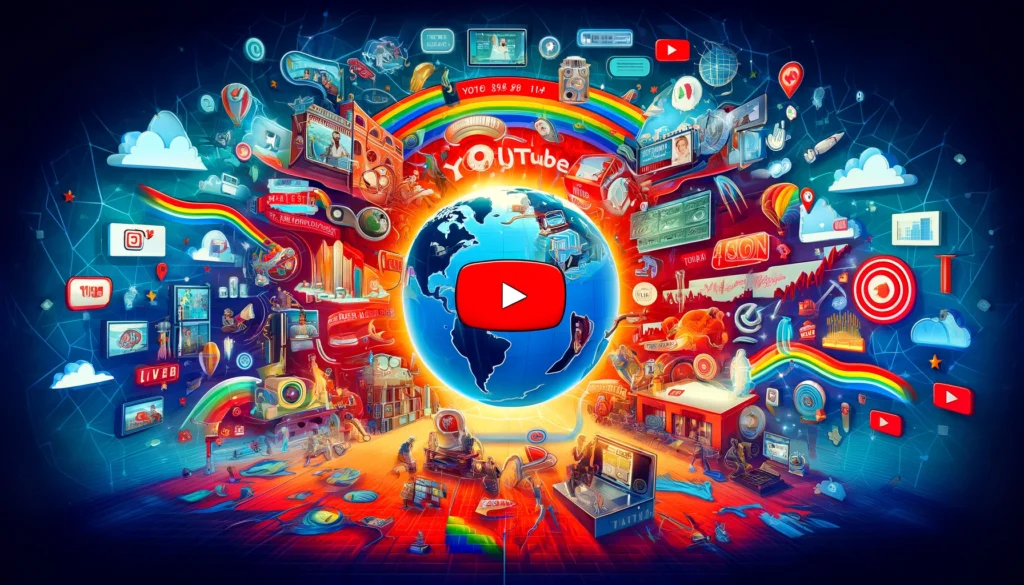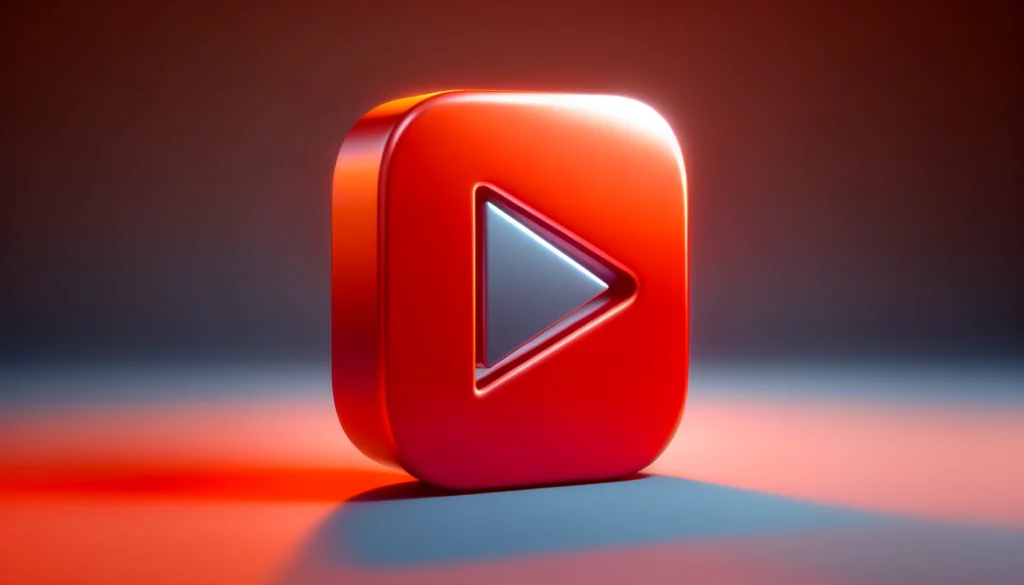

Introduction: The Birth of YouTube
Before discussing the Phenomenon of YouTube, First lets tell how it started. YouTube started as a simple idea. Three former PayPal employees, Chad Hurley, Steve Chen, and Jawed Karim, founded YouTube in February 2005. They wanted a platform where people could easily share videos. Initially, the website functioned as a dating site, but they soon shifted focus to general video sharing. The first video, “Me at the Zoo,” featuring Karim, was uploaded on April 23, 2005. This marked the beginning of a revolution in online video sharing.
The Meaning Behind the Name
The name YouTube combines “you” and “tube.” “You” signifies that the content is user-generated, giving power to individuals to create and share. “Tube” is a colloquial term for television, implying that YouTube is a broadcast medium. This clever name emphasizes the platform’s goal of democratizing video sharing and making it accessible to everyone.
The Founders: Visionaries of the Digital Age
Chad Hurley, Steve Chen, and Jawed Karim, the founders of YouTube, envisioned a platform that would change how we share videos. Hurley, a designer, played a crucial role in shaping the website’s user-friendly interface. Chen, with his technical expertise, ensured the platform’s functionality. Karim, who uploaded the first video, was instrumental in conceptualizing the idea. Their combined efforts created a user-centric platform that has grown exponentially.
Evolution: From Startup to Giant
YouTube’s evolution is nothing short of remarkable. In November 2005, just months after its launch, Sequoia Capital invested $3.5 million in YouTube. The platform’s popularity soared, leading to its acquisition by Google in November 2006 for $1.65 billion in stock. This acquisition allowed YouTube to expand its infrastructure and introduce new features like high-definition videos, live streaming, and monetization options for creators.
The Revolutionary Impact of YouTube
YouTube revolutionized content creation and consumption. It enabled anyone with a camera to become a content creator, breaking down barriers that traditional media imposed. This democratization fostered creativity and provided a platform for diverse voices. The introduction of the Partner Program in 2007 allowed creators to earn money from their videos, turning YouTube into a viable career option for many.
The Pros of YouTube
YouTube offers numerous benefits. It provides a vast array of content, from educational videos to entertainment. Users can learn new skills, stay informed, and find inspiration. The platform also fosters community building, allowing creators to connect with their audiences. Additionally, YouTube offers monetization opportunities, enabling creators to earn revenue through ads, sponsorships, and merchandise sales.
The Cons of YouTube
Despite its benefits, YouTube has faced criticism. The platform’s algorithm has been accused of promoting sensational and misleading content to maximize viewer engagement. This can lead to the spread of misinformation. Additionally, the comment sections can become toxic, affecting mental health. The platform also struggles with copyright issues, as users often upload content without proper permissions.
YouTube’s Algorithm: Friend or Foe?
YouTube’s recommendation algorithm plays a significant role in the platform’s user experience. It helps users discover new content based on their viewing habits. However, this algorithm has been criticized for creating “echo chambers,” where users are only exposed to content that reinforces their existing beliefs. This can limit exposure to diverse perspectives and contribute to polarization.
YouTube in Numbers
YouTube’s statistics are staggering. As of 2024, the platform boasts over 2 billion logged-in monthly users. Over 500 hours of video are uploaded every minute. The platform is available in more than 100 countries and supports 80 languages. YouTube’s mobile app reaches more 18-49-year-olds in the U.S. than any TV network, highlighting its dominance in the digital age.
The Economic Impact of YouTube
YouTube has a significant economic impact. The platform has created jobs for millions of content creators, editors, marketers, and developers. According to a 2021 report, YouTube’s creative ecosystem contributed approximately $20.5 billion to the U.S. GDP and supported over 394,000 full-time equivalent jobs. This economic influence extends globally, with creators from around the world benefiting from the platform.
The Cultural Influence of YouTube
YouTube’s cultural influence is immense. The platform has given rise to new forms of entertainment, such as vlogging, unboxing videos, and reaction videos. It has also played a pivotal role in launching the careers of musicians, comedians, and educators. Viral videos and trends often originate on YouTube, shaping popular culture and influencing mainstream media.
Challenges and Controversies
YouTube has faced several challenges and controversies over the years. The platform has been criticized for its handling of inappropriate content, including videos aimed at children that feature disturbing themes. YouTube has also struggled with enforcing community guidelines consistently, leading to accusations of censorship. Additionally, the platform’s handling of ad revenue distribution has sparked debates among creators.
Innovations and Future Directions
YouTube continues to innovate. The platform has introduced features like YouTube Shorts, a competitor to TikTok, and YouTube Premium, a subscription service offering ad-free viewing and original content. Looking ahead, YouTube aims to enhance user experience through artificial intelligence and machine learning. The platform is also exploring ways to support creators better and address challenges related to content moderation and copyright.
The Social Impact of YouTube
YouTube has a profound social impact. It provides a platform for social activism, allowing individuals to raise awareness about important issues. Many non-profit organizations use YouTube to reach wider audiences and garner support. The platform also promotes educational content, making knowledge accessible to people around the world. However, YouTube must balance these positive impacts with efforts to combat harmful content.
Conclusion: The Future of YouTube
YouTube’s journey from a startup to a global giant is a testament to its revolutionary nature. The platform has transformed content creation and consumption, offering opportunities and challenges alike. As YouTube continues to evolve, it must navigate the complexities of content moderation, algorithmic influence, and user experience. Despite these challenges, YouTube’s impact on the digital landscape is undeniable, and its future remains promising.
This detailed exploration of YouTube’s history, impact, and future provides a comprehensive look at one of the most influential platforms of our time. By addressing both the positive and negative aspects, this article aims to give readers a balanced understanding of YouTube’s role in the digital age.
Read Also: The Social Media: All What You Need to Know




1 thought on “The Phenomenon of YouTube: All What You Need To Know”